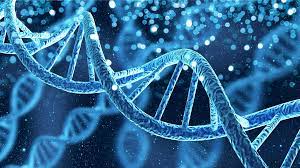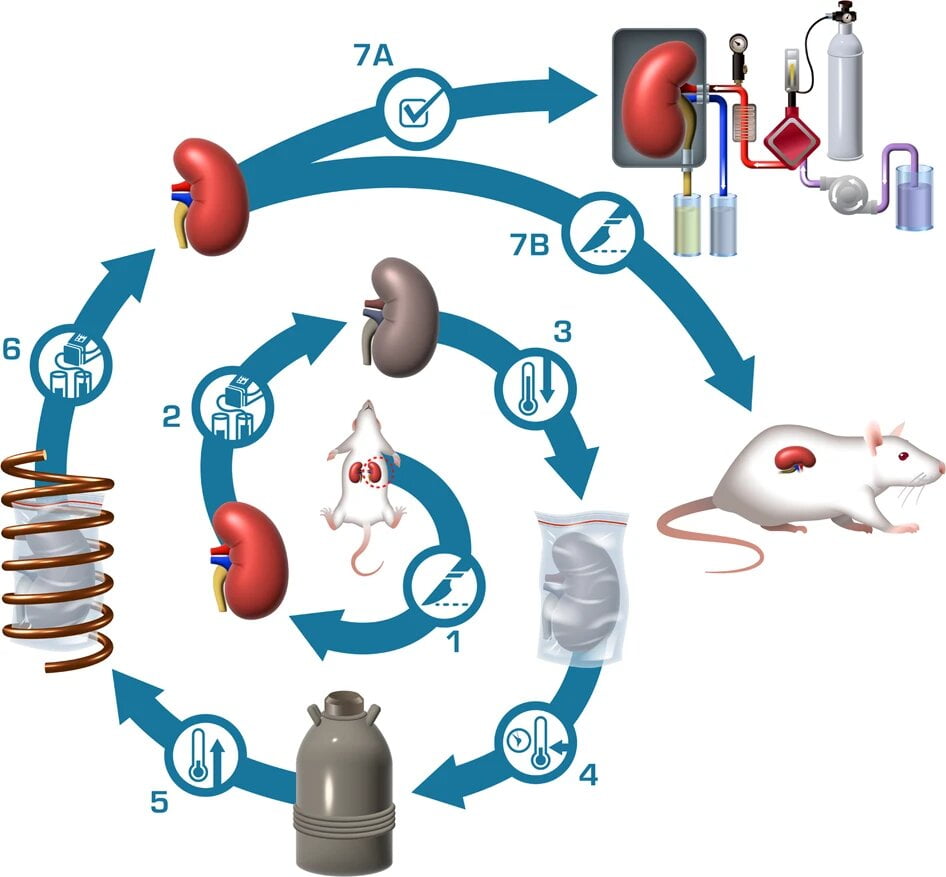In a study by scientists at Weill Cornell Medicine and the National Heart, Lung, and Blood Institute, part of the National Institutes of Health, DNA was found to fold into complex, three-dimensional structures and mimic the functions of proteins.
The DNA molecule they designed to mimic the function of a protein called green fluorescent protein (GFP) was shown to have a novel and complex structure by the researchers in their paper, which was published in Nature. GFP, a protein produced by jellyfish that functions as a fluorescent marker in cells, has become an important scientific tool. These findings increase our understanding of how DNA can be made to bend into complex shapes and will help design DNA molecules with these complex conformations for a variety of laboratory and therapeutic applications.
For example, a fluorescent whole-DNA tag that mimics GFP is often very efficient for labeling DNA segments in biological research and diagnostic tools and is easy to manufacture.

“These results really change our understanding of what we can do with DNA,” said study co-author Dr Samie Jaffrey, Greenberg-Starr Professor of Pharmacology and member of the Sandra and Edward Meyer Cancer Center at Weill Cornell Medicine.
DNA in nature occurs mainly in two forms, “twisted ladder” or “helical”, and acts as a permanent storehouse of genetic information. All other complex biological processes in cells are carried out by other types of molecules, especially proteins.
Last year, Dr Jaffrey and his colleagues reported finding one such molecule: single-stranded DNA that folds in a way that allows it to mimic the activity of GFP.
The DNA molecule, which Dr Jaffrey called “lettuce” because of its fluorescent color, works by binding to another small molecule, a “fluorophore” similar to the one at the heart of GFP, and squeezing it out of the way. which controls its fluoresce intensity.
The researchers demonstrated a combination of lettuce-fluorophore as a fluorescent marker for rapid detection of SARS-CoV-2, which causes COVID-19.
Dr Jaffrey and his team discovered lettuce by making large amounts of single-stranded DNA and examining those with the ability to activate a fluorophore. But they didn’t know what lettuce was used to get this skill. To identify this structure, they turned – in a new study – to their long-time collaborator, NHLBI principal investigator Dr Adrian R Ferre-D’Amare.
In a study led by Dr Luiz Passalacqua, a research partner in Dr Ferre-D’Amare’s group, advanced imaging techniques were used, including cryo-electron microscopy, to address the structure of lettuce at the atomic level.
They found that it folds into a shape in the center of which is a four-way junction of DNA, of a type never seen before, blocking the fluorophore in the pathway that activates it. They also noticed that the lettuce folds are held together by bonds between nucleobases – the building blocks of DNA that are often referred to as “letters” in the four DNA chains.
“What we have found is not DNA trying to act like a protein; it’s DNA doing what GFP does but in its own way,” said Dr Ferre-D’Amare.


The researchers said that the findings should speed up the development of fluorescent DNA molecules such as lettuce to test for rapid research and other scientific applications where DNA-based fluorescent tags are important.
“Studies like this will be important in the development of new DNA tools,” said Dr Jaffrey.
#Research #discovers #DNA #folded #complex #shapes #perform #functions

